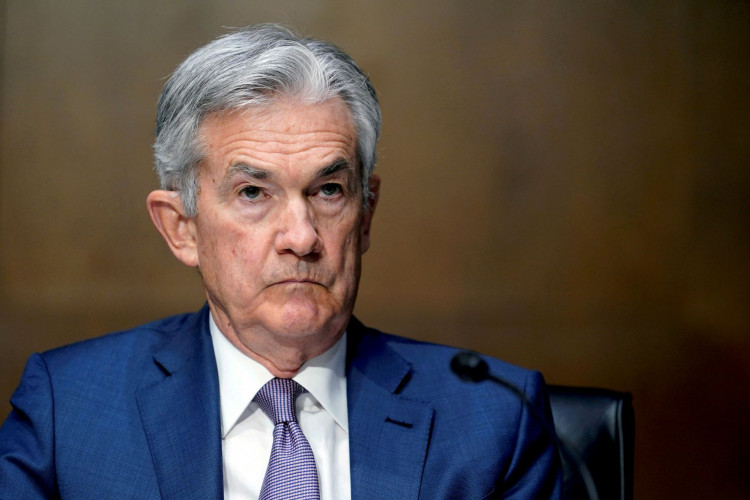Federal Reserve Chair Jerome Powell reiterated on Tuesday that inflation remains more persistent than anticipated, indicating that the central bank will maintain its current interest rate levels for an extended period. Speaking at the annual general meeting of the Foreign Bankers' Association in Amsterdam, Powell acknowledged that the rapid disinflation observed in 2023 has significantly slowed, necessitating a reconsideration of monetary policy.
"We did not expect this to be a smooth road. But these [inflation readings] were higher than I think anybody expected," Powell remarked. "What that has told us is that we'll need to be patient and let restrictive policy do its work."
Despite expectations that inflation would ease throughout the year, Powell noted that this has not yet materialized. "I do think it's really a question of keeping policy at the current rate for longer than had been thought," he stated. However, he also emphasized that raising rates in the near future is unlikely. "I don't think that it's likely, based on the data that we have, that the next move that we make would be a rate hike," Powell added.
The Fed has maintained its key overnight borrowing rate in a targeted range of 5.25% to 5.5% since July, the highest level in 23 years. Markets remained relatively stable as Powell spoke, with major averages hovering around breakeven and Treasury yields edging lower. Futures traders slightly increased the probability of the Fed's first rate cut occurring in September.
Powell's comments echoed sentiments he expressed during his May 1 news conference following the latest Federal Open Market Committee (FOMC) meeting. The committee unanimously voted to hold the line on rates, citing a "lack of further progress" on achieving the Fed's 2% inflation target despite a series of 11 interest rate increases.
Adding to the concern, Tuesday's inflation data from the Labor Department showed that the producer price index (PPI), a proxy for wholesale costs, rose by 0.5% in April, driven by a surge in service prices. This figure exceeded expectations and highlighted ongoing price pressures. Nonetheless, Powell described the report as "mixed," noting some components showed signs of easing.
"Is inflation going to be more persistent going forward? ... I don't think we know that yet. I think we need more than a quarter's worth of data to really make a judgment on that," Powell said, emphasizing the need for a cautious approach.
The recent PPI data aligns with other indicators suggesting that inflation remains stubbornly high. The consumer price index (CPI), which measures what consumers pay, has also shown higher-than-expected gains in early 2024. Additionally, the Commerce Department's personal consumption expenditures price index, the Fed's preferred measure, has been running just shy of 3%, well above the Fed's target.
In his speech, Powell acknowledged that the labor market remains robust, despite a recent slowdown in job growth. U.S. employers added 175,000 jobs last month, down from an average of 269,000 per month in the first quarter, while the unemployment rate edged up to 3.9%. Powell maintained that the labor market is "very, very strong" and did not signal that the recent job figures would prompt a change in policy direction.
"The first quarter is notable for its lack of further progress on inflation," Powell remarked, highlighting the challenges faced by the Fed in curbing inflation. He reiterated that while the Fed does not expect to raise rates, it is also unlikely to cut rates until there is more compelling evidence that inflation is declining at a faster pace.
Before Powell's remarks, futures markets were anticipating that the Fed would implement rate cuts by a quarter point in September and December. However, Powell's cautious tone suggests that such cuts may not be as imminent as some market participants hope.
"My confidence in that is not as high as it was," Powell admitted, reflecting the uncertainty surrounding the inflation trajectory and the effectiveness of the Fed's current policies in achieving its goals.






